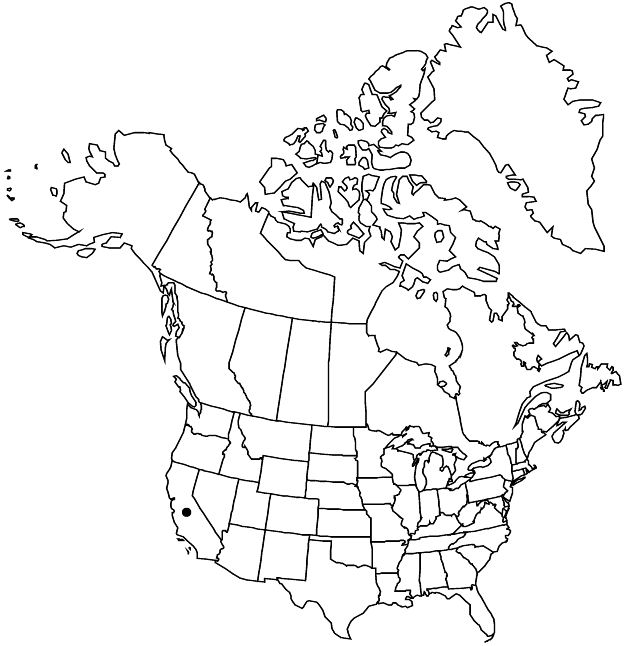Difference between revisions of "Rhamnus alaternus"
Sp. Pl. 1: 193. 1753.
imported>Volume Importer |
imported>Volume Importer |
||
| Line 52: | Line 52: | ||
|publication year=1753 | |publication year=1753 | ||
|special status=Introduced | |special status=Introduced | ||
| − | |source xml=https:// | + | |source xml=https://bitbucket.org/aafc-mbb/fna-data-curation/src/2e0870ddd59836b60bcf96646a41e87ea5a5943a/coarse_grained_fna_xml/V12/V12_416.xml |
|genus=Rhamnus | |genus=Rhamnus | ||
|species=Rhamnus alaternus | |species=Rhamnus alaternus | ||
Latest revision as of 19:15, 5 November 2020
Shrubs, 0.5–6(–10) m, unarmed. Branchlets purplish brown, puberulent. Leaves persistent, alternate; petiole 4–10 mm; blade dull to glossy yellowish green on both surfaces, elliptic to elliptic-obovate, ovate, or ovate-lanceolate, 2–4(–6) cm, distinctly coriaceous, base acute to obtuse, margins sharply serrate to spinulose-serrate, apex acute to subspinulose, both surfaces glabrous except abaxial vein axils tomentose; secondary veins (3–)4–5 pairs, basal pair diverging much more acutely than distal pairs. Inflorescences cymes or flowers solitary. Pedicels 2–6 mm. Sepals 5. Petals 0. Drupes dark red, becoming black, globose, 5–7 mm; stones 3.
Phenology: Flowering (Feb–)Mar–Jun.
Habitat: Woodland edges, fencerows, low areas, stream banks, canyons, arroyos.
Elevation: 0–400 m.
Distribution

Introduced; Calif., Europe, introduced also in Pacific Islands (New Zealand), Australia.
Discussion
Selected References
None.